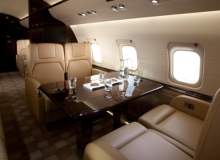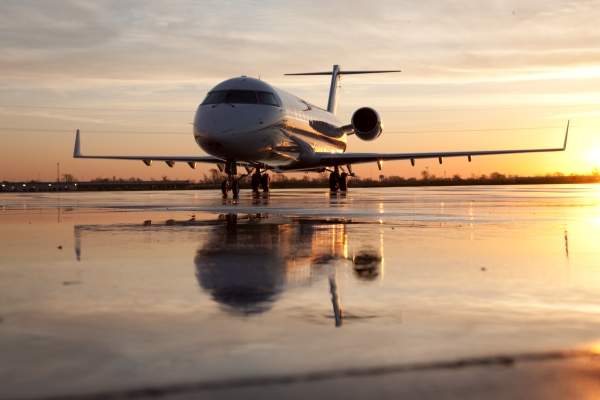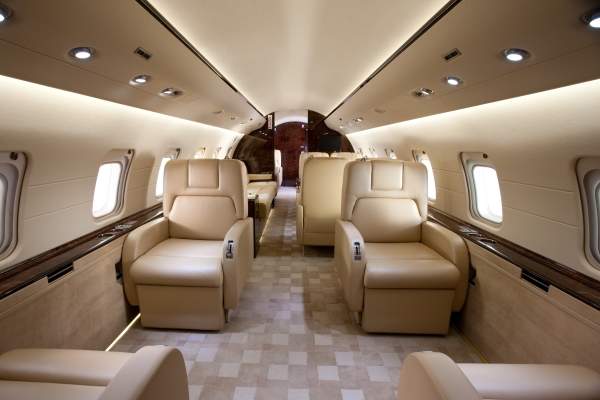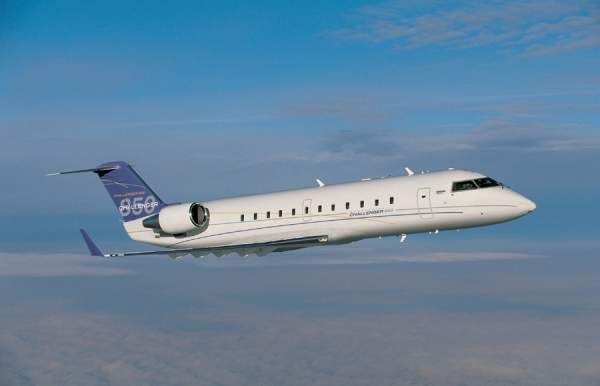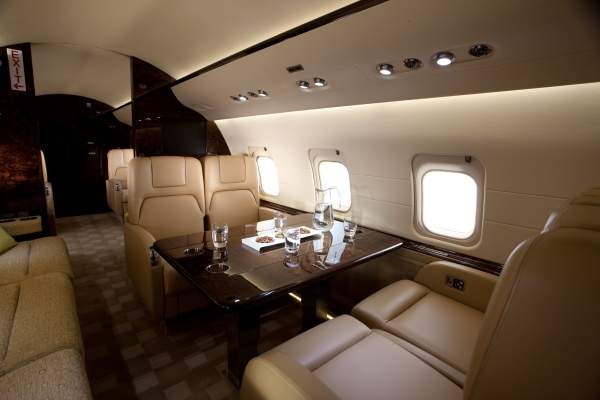The Challenger 850 is a twin-engine, super mid-size business jet designed and manufactured by Bombardier Aerospace for domestic and transcontinental air routes. The aircraft is a successor of the Bombardier CRJ200 jetliner. It is certified to operate in 62 countries worldwide.
The aircraft obtained Airworthiness Certification from the General Aviation Authority of the United Arab Emirates in December 2010. It was displayed at the European Business Aviation Convention and Exhibition (EBACE) at Geneva, Switzerland, in May 2011.
Orders and deliveries of Bombardier’s jet
The first Challenger 850 was delivered to BAA Jet Management in March 2010. A Challenger 850 was delivered to an unrevealed customer in the Middle East in September 2011.
Lily Jet of China received its first Challenger 850 in November 2011. An undisclosed customer ordered five jets in December 2011 under a $156m contract.
Design and features of the Challenger 850
The Challenger 850 was designed based on the CRJ200 jetliner. The aircraft has two engine-driven and one air-drive generators, upgraded avionics, modern cabin design, increased cabin size, a spacious lavatory, steel wheel braking system, flight controls, landing gear, nose wheel and an auxiliary power unit.
The all-digital flight deck of the Challenger 850 is equipped with a six-screen electronic flight instrumentation system with two primary flight displays, two multifunctional displays and two engine indicating and crew alert system displays.
The flight deck houses autopilot control panel, dual FMS 4200 flight management system, WXP-4220 digital weather radar system and dual inertial reference system.
An optional head-up guidance system maximises crew situational awareness and meliorates precision, especially in poor visibility conditions.
The flight deck accommodates two crew members.
Cabin of the super mid-size business jet
The Challenger 850 features a 14.76m long, 1.85m high and 2.49m wide spacious cabin with plenty of leg space. The cabin can accommodate up to 14 passengers. The volume of the cabin is 56.36m³.
The cabin houses an in-flight mapping system, digital cabin entertainment systems, touch screen cabin control systems, LCD displays, a redesigned galley, forward and aft lavatories, a SATCOM phone, LED lighting and passenger audio / video input. It is also fitted with airborne office technology and equipment to render telephone, fax and data transmission capabilities.
The cabin is designed to be built in four different configurations, namely Baseline, Executive 1, Executive 2 and Executive 3. The Executive 1 configuration features a four-seat conference table and a single-seat work place in the forward compartment. It includes a three-seat divan and two-seat conference table in the aft section.
Executive 2 configuration features a four-seat conference table, a single-seat work place in the forward section, while the rear compartment includes two three-seat divans facing each other.
In Executive 3 configuration, the cabin features a four-seat conference table and dining area in the forward compartment, while the aft section has a three-seat divan and a two-seat conference table.
Pro Line 4 avionics suite
The Challenger 850 features Rockwell Collins Pro Line 4 avionics suite to decrease the work load of flight crew. The avionics suite includes a dual global positioning system, dual distance measuring equipment, dual automatic direction finder, enhanced ground proximity warning system (EGPWS), dual navigation or communication radios and a traffic collision avoidance system (TCAS II).
Dual VHF transceiver, dual voice over recorder, ELT3 emergency transmitter locator, dual radio altimeter, cockpit voice recorder, flight data recorder, X-band radar, dual radio tuning units, enhanced Mode S Transponder, dual attitude heading reference system and an electronic flight bag are also installed.
Engines and performance of the Challenger 850
The Challenger 850 is powered by two General Electric CF34-3B1 turbofan engines with each producing 38.84kN of maximum thrust.
The engine has four-stage low pressure and two-stage high pressure turbines, a 14-stage high pressure compressor and an annular combustor.
The engine is 2.61m long and its diameter is 1.24m.
The Challenger 850 can fly at a maximum speed of 850km/h. Its cruise speed is 819km/h. The range and service ceiling are 5,206km and 12,497m respectively.

